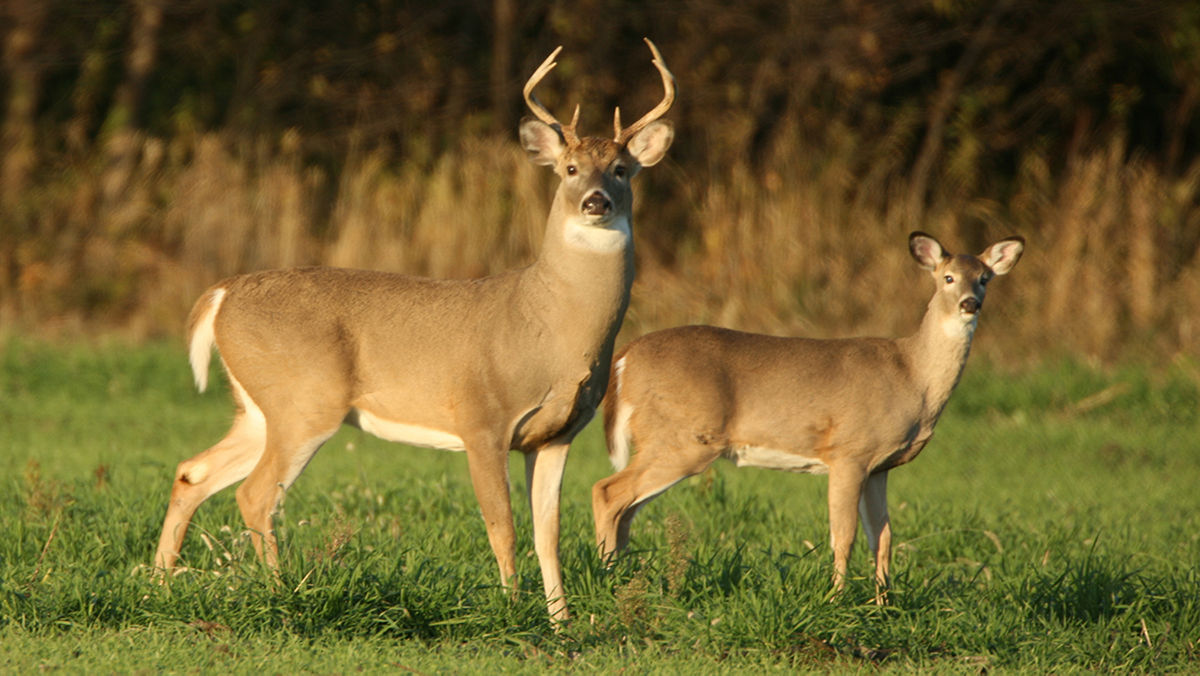The Secret Life of Deer: A Deep Dive into Their World
Introduction:
In the vast tapestry of the natural world, deer stand as emblematic figures, often revered for their graceful presence yet mysterious in their daily lives. As they roam through forests, meadows, and even urban landscapes, deer embody a blend of fragility and resilience, navigating the challenges of survival while captivating the human imagination. In this exploration, we delve into the secret life of deer, uncovering the intricacies of their behavior, their ecological significance, and the complex interactions that shape their existence.
The Diversity of Deer:
Before delving into the intricacies of their lives, it's essential to understand the diversity within the deer family. From the diminutive pudú of South America to the majestic moose of North America, deer exhibit a wide array of sizes, shapes, and behaviors. This diversity reflects their adaptability to various environments, from the dense forests of temperate regions to the arid plains of deserts. Understanding this diversity provides valuable insights into the evolutionary history and ecological roles of deer species worldwide.
Habitat and Home Range:
Deer are highly adaptable creatures, capable of thriving in a range of habitats, including forests, grasslands, and even suburban neighborhoods. However, each species has specific habitat requirements dictated by factors such as food availability, shelter, and the presence of predators. For example, white-tailed deer prefer edge habitats where forests meet fields, providing ample cover while offering access to open grazing areas. Understanding these habitat preferences is crucial for conservation efforts aimed at protecting deer populations and their ecosystems.
Feeding Behavior and Diet:
One of the most fundamental aspects of deer biology is their feeding behavior and diet. Deer are primarily herbivores, feeding on a variety of plant matter, including leaves, twigs, fruits, and grasses. However, their diet can vary significantly depending on factors such as seasonality, habitat type, and availability of food resources. For instance, during the spring and summer months, deer may consume tender foliage and nutritious grasses, while in the winter, they rely more heavily on woody browse and stored fat reserves. This dietary flexibility allows deer to adapt to changing environmental conditions and ensures their survival throughout the year.
Reproduction and Social Structure:
Reproduction plays a vital role in shaping deer populations and their social dynamics. Most deer species exhibit seasonal breeding patterns, with mating occurring during specific times of the year known as the rut. During this period, male deer, or bucks, engage in elaborate displays of dominance and aggression to establish mating rights with females, or does. The outcome of these competitions determines the genetic diversity of future generations and influences the overall health of deer populations.
Beyond mating rituals, deer also exhibit complex social structures within their herds. Female deer typically form cohesive groups with their offspring, known as harems, while male deer may either establish territories or form bachelor groups outside of the breeding season. These social dynamics play a crucial role in predator detection, resource acquisition, and the transfer of ecological knowledge within deer populations.
Predator-Prey Interactions:
As herbivores occupying various ecosystems, deer are integral components of food webs and play a vital role in shaping predator-prey interactions. They serve as primary prey for a diverse array of predators, including wolves, mountain lions, coyotes, and even smaller carnivores like bobcats and foxes. These interactions exert selective pressures on both deer and their predators, driving evolutionary adaptations such as camouflage, agility, and heightened senses.
However, the relationship between deer and predators is not solely defined by predation. It also involves complex ecological feedback loops that influence vegetation dynamics, biodiversity, and ecosystem stability. For instance, in the absence of natural predators, deer populations can become overabundant, leading to habitat degradation and cascading effects on other species. Understanding these dynamics is critical for implementing effective wildlife management strategies and maintaining healthy ecosystems.
Human-Wildlife Conflict:
Despite their ecological significance, deer often find themselves at odds with human interests, leading to conflicts over resources, land use, and safety. In suburban and urban areas, deer may cause damage to crops, gardens, and landscaping, leading to economic losses and frustration among homeowners. Moreover, collisions between deer and vehicles pose significant risks to human safety and result in numerous fatalities each year.
Managing human-wildlife conflict requires a multifaceted approach that balances the needs of both humans and deer. Strategies such as habitat modification, fencing, and targeted culling may help mitigate damage and reduce the risk of accidents. However, these solutions must be implemented thoughtfully, taking into account the ecological impacts and ethical considerations associated with deer management.
Conservation Challenges and Opportunities:
As human activities continue to encroach upon natural habitats, deer face a myriad of conservation challenges, including habitat loss, fragmentation, poaching, and disease. These threats can have profound consequences for deer populations and the ecosystems they inhabit, jeopardizing their long-term survival. Addressing these challenges requires collaborative efforts involving scientists, policymakers, land managers, and local communities.
Conservation initiatives aimed at protecting deer and their habitats encompass a wide range of strategies, from establishing protected areas and wildlife corridors to implementing sustainable land management practices and reducing human-wildlife conflicts. Additionally, monitoring deer populations through scientific research and citizen science initiatives provides valuable data for informing conservation decisions and adapting management strategies to changing environmental conditions.
Conclusion:
In conclusion, the secret life of deer is a captivating tapestry woven from the threads of evolutionary history, ecological dynamics, and human interactions. From their diverse habitats and feeding behaviors to their intricate social structures and predator-prey relationships, deer embody the resilience and adaptability of life in the wild. As stewards of the natural world, it is our responsibility to safeguard the future of deer and ensure that they continue to thrive for generations to come. Through conservation efforts, education, and sustainable management practices, we can preserve the magic and mystery of these enchanting creatures for all to cherish and admire.
























































